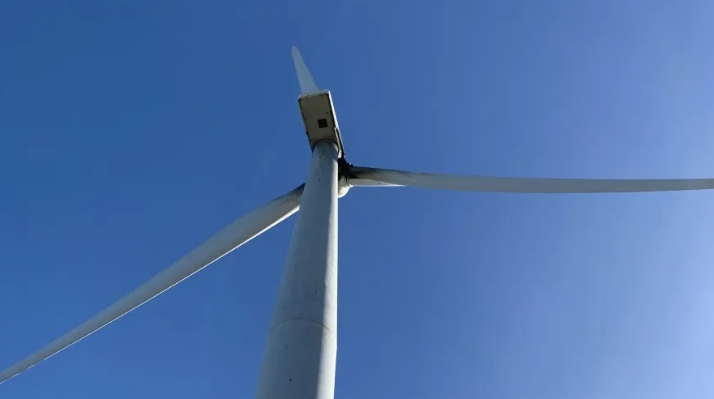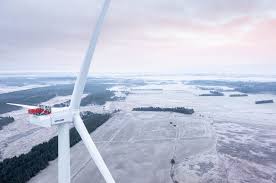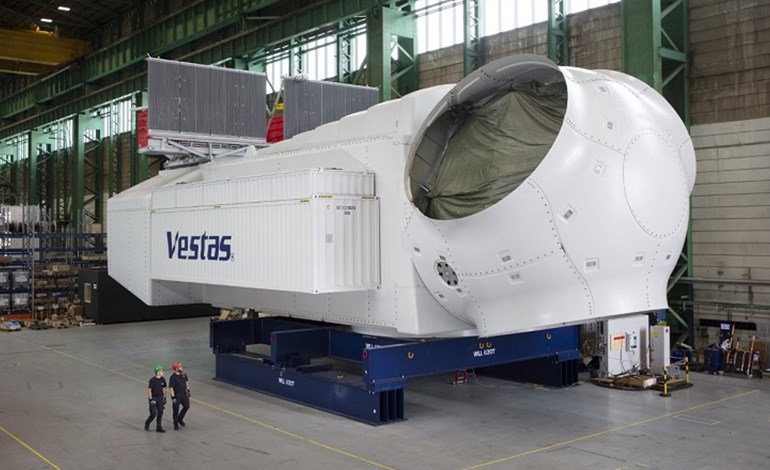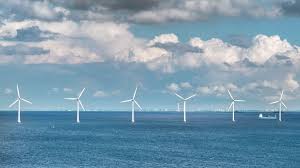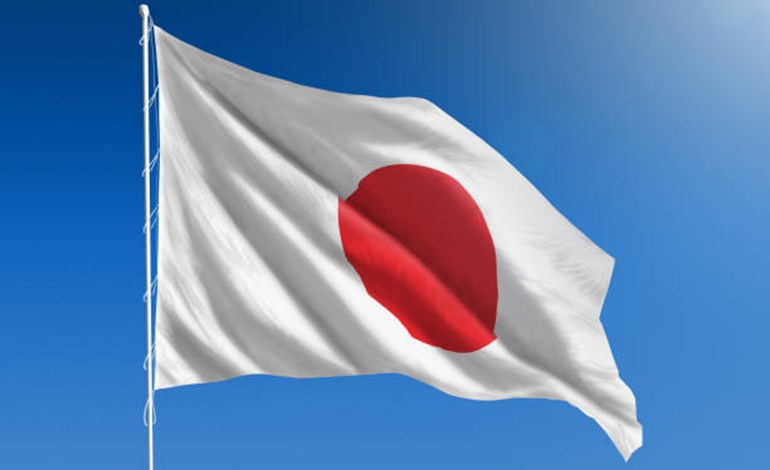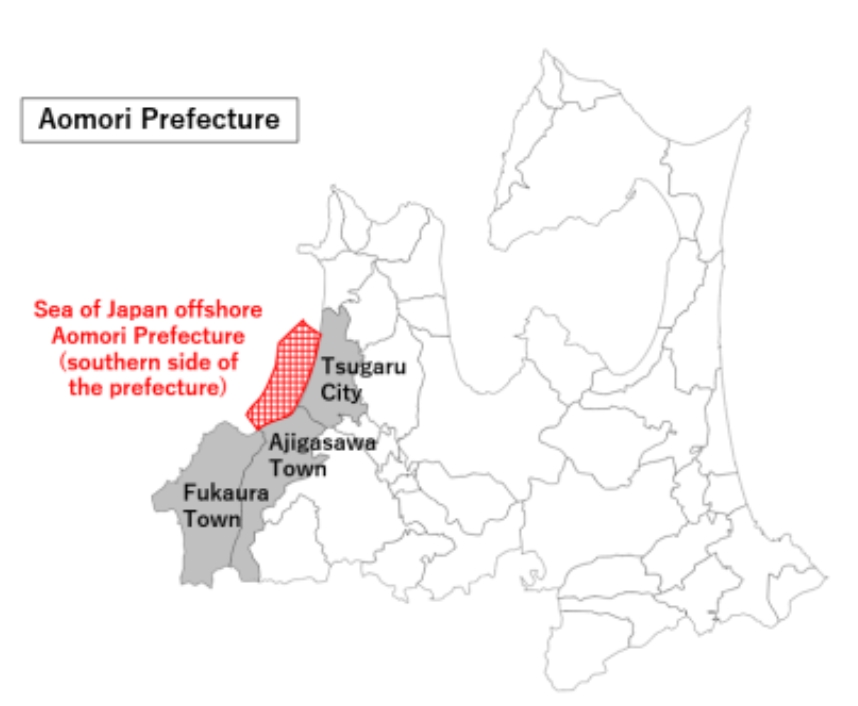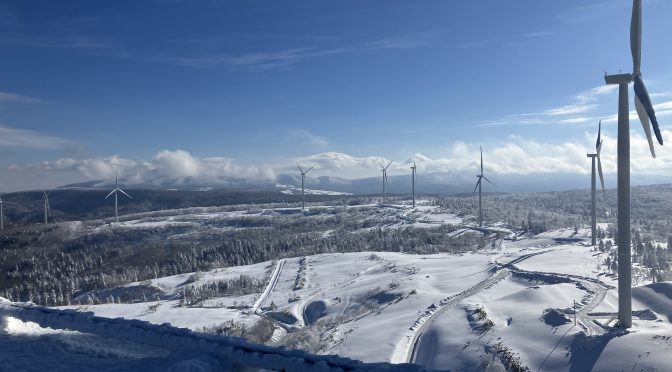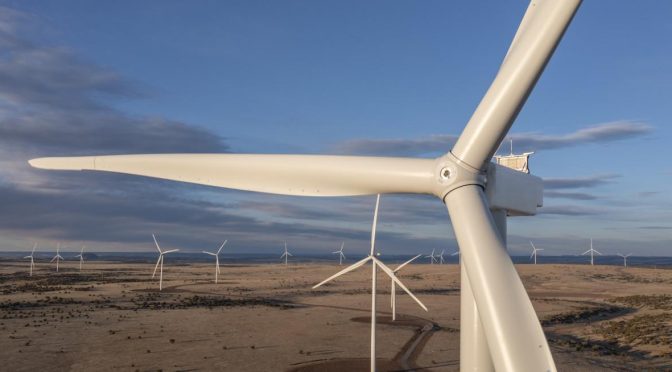Laos’ state-run electricity corporation this month entered into a power grid sharing agreement with a Chinese state-run firm, ceding majority control in a tie-up the government says was necessary to save the debt-ridden domestic firm, but that critics say cedes too much power to a foreign government concern.
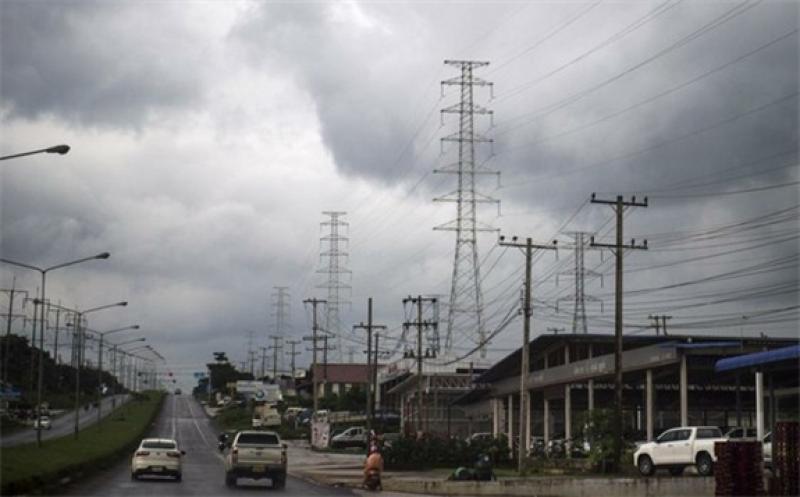
In the Sept. 1 agreement, Electricite du Laos (EDL) and the China Southern Power Grid Company established a new corporate entity called Electricite du Laos Transmission Company Ltd. (EDLT), which has control of Laos’ power grid, as well as the rights to purchase and sell power in Laos.
China Southern will take a majority equity share in the new company, according to an EDL official, who declined to disclose the detailed ownership structure.
Laos is struggling economically from the COVID-19 driven shutdown of tourism, trade and labor exports, but its biggest problem -- government debt -- predates the global pandemic.
Fitch Ratings warned in May 2020 that Laos’ public debt would rise to $12.6 billion or 65 percent of its GDP by the end of this year. The EDL’s portion of that debt is higher than $8 billion mostly to China and Thailand. Moody’s shared the negative outlook on Laos, downgrading the country’s Laos’ credit ranking from B3 to Caa2 in mid-August.
The World Bank predicts that Laos’ debt will rise from 59 percent of GDP to between 65 and 68 percent this year. Laos’ debt servicing payments will also likely rise to $1.1 billion this year, exceeding the country’s foreign reserves, which stood at $864 million in June.
A Lao Finance Ministry official told RFA’s Lao Service that the country had built up debt building dams and other big-ticket infrastructure projects.
“Our national debt has been accumulating over the years because we have many development projects. Right now, we’re trying to pay back our debts step by step and in many different ways,” the official said.
According to the Lao government, the partnership with China Southern is necessary to continue to fund its ongoing projects.
“The new company will connect the [EDL and China Southern] power grids together. It’s all about capital. It is necessary to join the two grids,” a Lao Energy and Mines Ministry official told RFA’s Lao Service.
“We don’t have money for all of these projects, so we have to rely on the Chinese,” the official added.
The official declined to provide more details when questioned further.
“It appears that the COVID crisis has accelerated Laos’ financial crunch,” Keith Barney of the Australian National University’s Crawford School of Public Policy told RFA.
Barney said the partnership could help Laos complete a centralized domestic power grid, but questioned why EDL was allowed to incur roughly two-thirds of Laos’ public debt, and whether Chinese financing for EDL-backed dam projects on the Mekong River and its tributaries had inflated construction costs.
“Needless to say that there are certain sovereignty concerns involved when a state-linked investor from China holds a controlling financial stake in Laos’ national electricity grid,” he said.
An EDL official, who declined to be identified, shared details of the agreement to RFA this week.
“This is an agreement to link and build power lines in the entire country into one single system. The new company will also be responsible for the purchase and export of electricity.”
The official acknowledged that the Lao government would at first be a minority partner in the new enterprise but tried to assuage concerns that Laos would be losing control of its electrical grid.
According to the official, the EDLT will operate under Lao government control, but at first the Chinese firm would hold a majority of shares. Laos would later gradually buy those shares back under the plan.
But the EDL official noted that prior to the buybacks, China Southern would be in control of all EDL businesses including power production, dam construction, operation of the power grid, pricing, and installation of digital power meters.
“The Chinese are coming. The EDL manager has given them permission. They will monopolize the business and they can do whatever they want,” the official said.
Lao citizens who spoke to RFA were wary of the new partnership, which comes after months of consumer complaints of arbitrarily high electricity bills at a time when many people have little or no income. Many blamed the Lao government.
“Nowadays, something is wrong with our government’s management of finances. Revenue collection is below target and our financial management has collapsed,” a resident of the capital Vientiane, who requested anonymity for security reasons, told RFA.
“This is why they have to transfer ownership to the Chinese. If they didn’t do that, we would fall into a deeper financial crisis,” the source said.
“I don’t agree with the deal under which the government will sell our national property to foreign investors.” another Vientiane resident told RFA.
“As for linking the two power grids, I don’t understand why the government has the ability to build so many dams, but can’t afford to build power lines,” the second Vientiane resident said.
Laos has built dozens of hydropower dams on the Mekong and its tributaries, with ultimate plans to build scores more to become the “Battery of Southeast Asia” by exporting the electricity they generate to other countries in the region.
Currently two Lao large-scale Mekong mainstream dams are in operation, adding to the 11 in China’s part of the river. Both countries are building, or have plans to build several more mainstream dams.
The projects are controversial because of their environmental impact, displacement of villagers without adequate compensation, corruption, and questionable financial and power demand calculations.
Witoon Permpongsacharoen, chairman of the Thailand-based Mekong Energy Ecology Network NGO, told RFA that the Lao government’s electric power projects are making Laos’ economy worse.
“The default on debts indicates that investment in electricity generation cannot reduce poverty as the government has dreamed. Instead it causes more and more debt,” he said.
“The government faces debt defaults, but the investors do not. That means the investors are secured for risks, but the government risks itself,” he added.
The power grid merger took place against a backdrop of concern among many Laos about growing Chinese influence as a result of its massive investment in hydropower dams and other infrastructure projects under Beijing's $1.3 trillion Belt and Road Initiative. China is Laos’ largest foreign investor and aid provider, and its second-largest trade partner, after Thailand.
